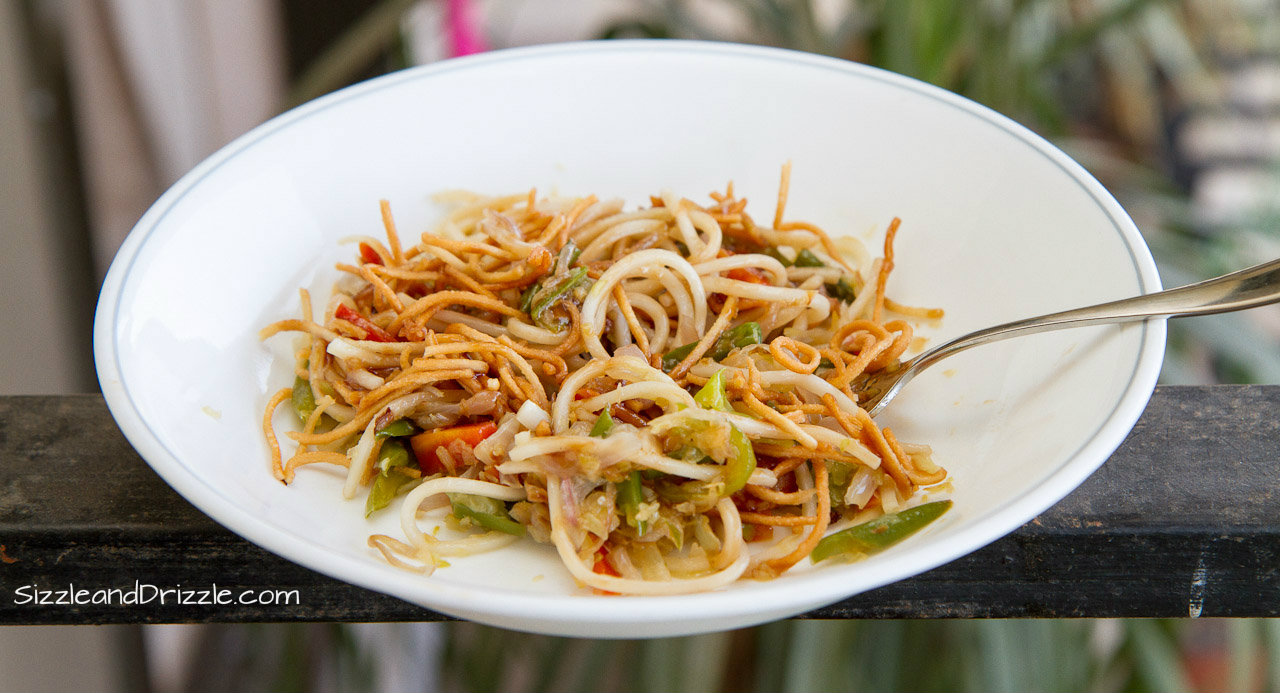Chinese Food and Culture
For years Chinese culture has been deemed on the basis of great attention towards their food as a representation of their culture. When the Chinese came to Canada they brought along much of their culture, as we saw greatly represented in Chinatown. Interestingly enough the Chinese modified many of these aspects in regards to their food of their culture to suite the pleasures of Canadians mouths. By modifying their food they were able to attract more Canadians to their restaurants and from this we see today what many believe is considered “Chinese food”.
Immigration and Influence
Immigration and Influence
FIRST WAVE:
Restaurants served more influence based Cantonese dishes and invented the “chop suey” dishes which completely dominated the food style served in most Chinese restaurants until the 1970’s. Due to the obvious lack of availability of popular Chinese ingredients in Canada and the need to adapt their food to make it palatable for the non-Chinese Canadians they were forced to take what they knew, combine it and create a close representation of authentic yet modified Chinese food. Restaurants of this time had all similarities in regards to the food they served as basic things seen on the menu included: chop seuy, fried rice, chow mein, and stir-fried vegetables.
SECOND WAVE:
The second wave of Chinese immigrants highly differed from the first Chinese immigrants whom came into Canada. The second wave of Chinese were completely different to the first because they were more educated, could speak both Chinese and English, and had more skills in both labor and work. They brought more home Influences with them in regards to food, coming more from the central and North China. Dishes that were brought about by the second wave included things like “general tso chicken” hot, sour soup and kung pao chiken. Again these dishes were brought about immigration and much influence by the new comers but it included more cuisine not only closer to the localized food back in China but more of a spicy regime that could be seen back home.
Lichee Garden
Lichee Garden
The Lychee Garden opened up in 1948 and the opening of the restaurant changed the profile of Chinese restaurants for years to come. It was a restaurant which was apart of the ‘Big Four’ that helped to attract non-Chinese to visit Chinatown and make it into a tourist attraction.
With help of the final recognition of the Chinese community after WW2 the Lichee Garden was a massive successive and was open for many years. It brought and attracted tons of non-Chinese Canadians to the area of Chinatown as the restaurant became highly recognized which essentially helped Chinatown grow not only as a community independently but with the rest of Toronto as well.
Experiences
Joanne Kates a food critic wrote in the Global Mail discussed her own experiences at Lichee Garden. “The grandeur and the ceremony of Lichee Gardens was sufficient to dispel any lingering doubts our parents had about eating ethnic (which was in those days — the fifties — not really done in Toronto).” For Kates and her family Lichee Garden was a place her family would come together on Sundays to enjoy the traditional meals in which brought together her family.
Former wrestling champion, Whipper Billy Watson in an article in the Toronto Star discuses the times in which the Lychee Garden was most important to him as it was one of the few places in which was open after late-night wrestling. “We’d be here all night!” he says with a laugh. (Daller, 1986).
Final Thoughts
Final Thoughts
The extensive menu filled with some of their most famous specialties including their spring rolls were carried on throughout many of their location changes. The first owner of the restaurant was Henry lam who was also another Chinese who had to pay the head tax when first coming to Canada. The restaurant would move to many locations including Atrium, Bay Street, Thornhill and King Street West over the next years of operation. Throughout all the changes many of the menus, outdoor exterior and indoor interior remained the same. Many of the owners of the restaurant wanted to keep the “same feeling” the original restaurant had as some thought if it changed so would the cliental. Much of the menu also remained the same though many say as the years and restaurant moved the quality of the food decreased.
Citations
Citations
Chan, Arlene. The Chinese in Toronto from 1878: From outside to inside the circle. Toronto: Dundurn, 2011. Print.
Lichee Garden exterior in 1970. Comp. John Chuckman. Photograph. Chuckman’s Photos on WordPress. WordPress, 7 Sep. 2013. Web. 7 Apr. 2015.
Lichee Garden Restaurant matchbook at 118 Elizabeth Street. Comp. John Chuckman. Photograph. Chuckman’s Photos on WordPress. WordPress, 15 Feb. 2014. Web. 7 Apr. 2015.
Lichee Garden Restaurant matchbook at 595 Bay Street. Comp. John Chuckman. Photograph. Chuckman’s Photos on WordPress. WordPress, 28 June 2014. Web. 7 Apr. 2015.
“Saving Chinatown.” The Chinese in Toronto from 1878. From Outside to Inside the Circle. By Arlene Chan. Toronto: Dundurn, 2011: 108. Print.





